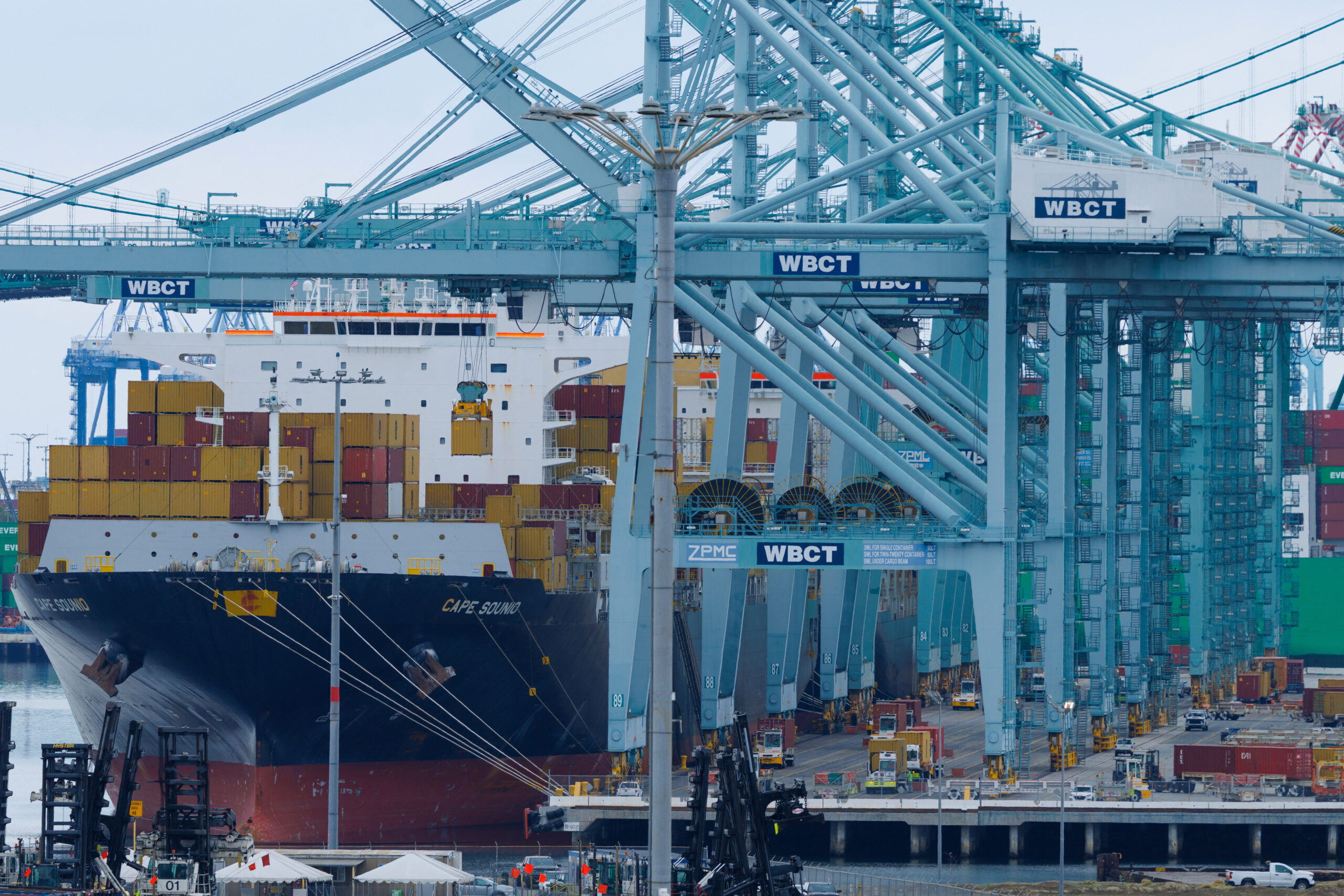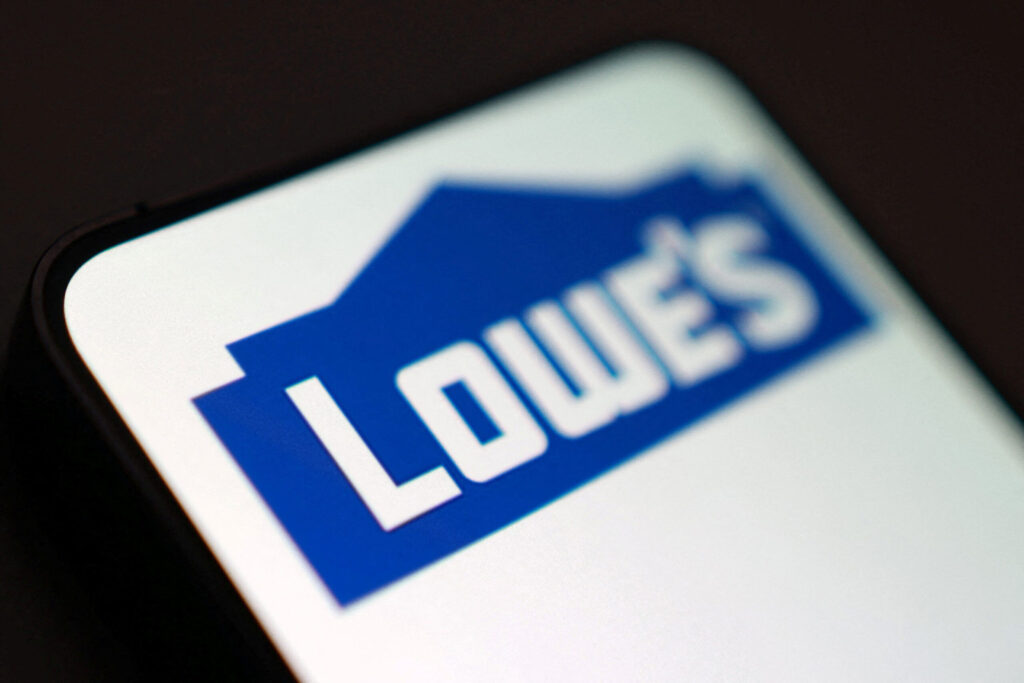U.S. trade deficit narrows sharply in August

WASHINGTON – The U.S. trade deficit narrowed more than expected in August as businesses imported fewer goods against the backdrop of higher tariffs, a trend that if sustained could be a potential tailwind for economic growth in the third quarter.
But a drop in consumer goods imports to levels last seen early in the COVID-19 pandemic and a decline in capital goods imports, including computer accessories and telecommunications equipment reported by the Commerce Department on Wednesday, could signal slower consumer and business spending last quarter.
President Donald Trump has imposed sweeping tariffs on the nation’s trade partners, accusing them of taking advantage of the United States. The U.S. Supreme Court early this month heard arguments on the legality of Trump’s import duties, with justices raising doubts about his authority to impose tariffs under the 1977 International Emergency Economic Powers Act.
“The good news for trade and the U.S. economy is the tariffs are working,” said Christopher Rupkey, chief economist at FWDBONDS. “The bad news for trade and the U.S. economy is the tariffs are working. Markets and Federal Reserve officials will scramble to find which is true, but maybe both are.”
The trade gap contracted 23.8% to $59.6 billion, the Commerce Department’s Bureau of Economic Analysis and Census Bureau said Wednesday.
The report, which was initially scheduled for release on Oct. 7, was delayed because of the recently ended 43-day shutdown of the government.
Imports decreased 5.1% to $340.4 billion. Goods imports tumbled 6.6% to $264.6 billion. The decline was led by a $11.3 billion plunge in industrial supplies and materials, mostly reflecting a $9.3 billion decrease in nonmonetary gold.
This component is excluded from the calculation of gross domestic product. Imports of consumer goods fell $3.7 billion to the lowest level since July 2020 amid notable declines in jewelry and pharmaceutical preparations.
Capital goods imports slipped $3.4 billion, with imports of computer accessories decreasing $1.3 billion while those of telecommunications equipment fell $1.1 billion. But imports of computers increased $2.3 billion. Food imports declined by $1.6 billion.
Exports edged up 0.1% to $280.8 billion, reflecting services. Goods exports dropped 0.3% to $179.0 billion, with shipments of consumer products sliding $1.5 billion amid a $1.2 billion decline in pharmaceutical preparations.
Exports of industrial supplies and materials, which also include crude oil, eased $0.6 billion. They were pulled down by a $1.1 billion decline in nonmonetary gold. Crude oil exports rose $0.8 billion. Exports of motor vehicles, parts and engines decreased $0.4 billion, but shipments of capital goods increased $2.4 billion to a record $62.4 billion boosted by computers.
The goods trade deficit narrowed 17.5% to $85.6 billion. When adjusted for inflation, the goods trade gap contracted 16.9% to $83.7 billion. Trump’s protectionist trade policy and the manner in which some of the duties have been implemented have caused big swings in imports and the trade deficit, distorting the overall economic picture.
“President Trump had threatened a big tariff increase in July, and importers pulled forward purchase plans to earlier in the summer to avoid that increase, so it’s not a big surprise to see imports lower in August,” said Bill Adams, chief economist at Comerica Bank. ” August’s smaller trade deficit will be a tailwind for third-quarter real GDP, since it means that more U.S. expenditures were directed toward domestically produced goods and services rather than foreign ones.”
Trade sliced off a record 4.68 percentage points from gross domestic product in the first quarter before adding all that back to GDP in the April-June quarter. Economists at Goldman Sachs raised their third-quarter GDP growth forecast to a 3.8% annualized rate from a 3.7% pace before the trade data.
The third-quarter GDP report was due in late October but delayed by the government shutdown. The economy grew at a 3.8% pace in the second quarter, with a smaller trade deficit being the key driver.
Exports of services increased $0.8 billion to $101.8 billion, boosted by travel, maintenance and repair services as well as charges for the use of intellectual property.
Services imports increased $0.3 billion to $75.8 billion, lifted by other business services, telecommunications, computer and information services. Travel imports edged up, but imports of transport services fell.

















